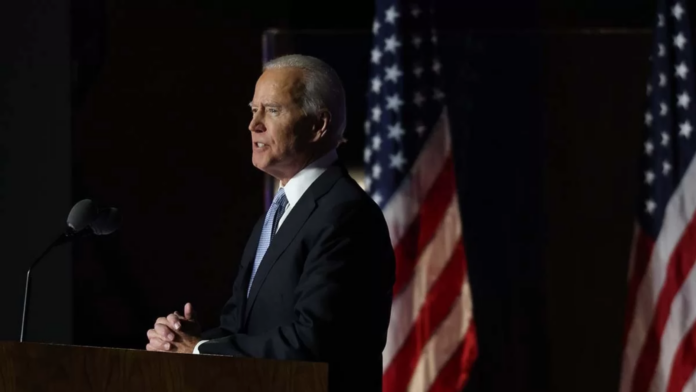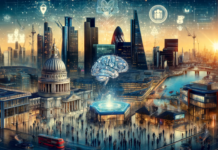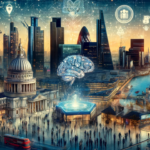In a significant stride toward technological modernization, President Joe Biden has launched an ambitious initiative to bring the operations of the US government in line with the potential of modern artificial intelligence (AI). With the flourish of a pen on his latest executive order, Biden is charting a course for the nation to not only embrace AI but to steer its immense capabilities towards enhancing national security and public welfare while keeping a watchful eye on the ethical implications and risks associated with the burgeoning tech.
The executive order is a clarion call for a comprehensive integration of AI across various federal departments and agencies. It’s a bold blueprint that spans an array of sectors including national security, immigration, healthcare, and housing, mandating a series of actions to be completed over the next year. This isn’t just about upgrading systems; it’s about reimagining and restructuring the government’s approach to digital prowess and data utilization, all through the lens of AI.
But it’s not all about innovation without oversight. A significant chunk of the executive order is dedicated to harnessing AI in a manner that safeguards national interests and prevents its misuse. Amidst rising concerns about the role of AI in surveillance and cyber warfare, these directives underscore the importance of ethical frameworks, privacy concerns, and the strategic advantage of AI, ensuring that the growth of this technology aligns with the values and security needs of the United States.
The integration of AI technologies promises to revolutionize public sector services, making them more efficient, accessible, and responsive to the needs of the American people. Imagine AI-powered systems that can predict housing market trends to inform policy, AI that can streamline immigration processes, or advanced algorithms that can help manage public health data to anticipate and respond to crises more swiftly.
Beyond the internal benefits, the executive order is a nod to the global AI race, acknowledging the need to cultivate and retain tech talent within the country. In the high-stakes competition for technological supremacy, particularly with rivals like China, this move is a clear signal that the US is serious about not just participating, but leading the charge.
This is not a shift that’s coming in the distant future; it’s happening here and now, with a one-year timeline pushing for quick, decisive action. It’s a wake-up call to federal agencies that the age of AI isn’t on the horizon—it’s dawned.
President Biden’s executive order may well be a watershed moment in the history of American governance and technological policy. It recognizes the dual nature of AI as both an invaluable asset and a formidable challenge, positioning the United States at the forefront of AI utilization in governance while setting a benchmark for AI ethics and security.
In essence, this sweeping new policy isn’t just about keeping up with the times; it’s about setting a precedent for the future. It’s about ensuring that the US government isn’t just riding the wave of technological advancements but directing its course with foresight and responsibility.
As we look to a future where AI becomes as integral to government as any other resource, questions abound regarding how these directives will be implemented and their impact measured. Nevertheless, President Biden’s executive order stands as a testament to the US’s commitment to nurturing innovation while fortifying defenses against the potential perils that such advancements entail.
The fusion of AI into the fabric of government operations signals a new era of efficiency and strategy in public administration. It’s a step towards a vision where government is not only powered by the people but propelled by the most advanced technologies available.
As the executive order sets wheels in motion across federal agencies, it promises to transform not just the mechanisms of governance but also the very interaction between the citizen and the state. With AI’s expanded role in public service, the executive order could be the herald of a more dynamic, data-driven, and, ultimately, people-centric government.











